“Life has definitely changed since I began painting plein air,” said Carl Bretzke. He’s not alone, as you’ll see in this just-for-fun roundup of unconventional painting practices, including real-life experiences from Carl, Brienne Brown, Joe McGurl, John Hughes, Christine Lashley, John MacDonald, Suzie Baker, Michael Chesley Johnson, John Pototschnik, Rick Delanty, and Mark Fehlman. While some may call artists eccentric, there is much genius to be discovered here.
(Bonus: Learn painting techniques from these pros when you check out their video workshops at PaintTube.tv! Shop July 12-14, 2023 for our special Christmas in July sale on many videos!)
Carl Bretzke:
1. My car trunk is filled with paint-stained winter coats and snow pants, new and used paper towels, various umbrellas, and heavily insulated boots. The front seats of my car and door handles have paint stains and my wife sometimes won’t let me sit on the couch until she has inspected my pants for wet paint.
2. I always travel on airlines with two large suitcases since one is now filled with all of my paint gear.
3. I’ve had people try to give me five dollars while I paint on the side streets of Minneapolis in my tattered paint clothes.
4. When I’m golfing with friends, everyone else will be talking about sports and my mind drifts off as I consider the color and value of distant tree shadows.
5. Before I was a painter I used to dread driving long distances across the flat plains of Minnesota, especially in winter. Now as I drive I am happily analyzing the complexity of sky color and cloud shapes. I like to study the light and shadow colors of drifted snow in corn fields and along the highway. Time flies once again.
6. I have developed a deep love for Viva paper towels.
Brienne Brown:
1. When I wear a ball cap while plein air painting, I put my brushes in the back strap. I look strange, but it’s a great brush holder – almost like a pin cushion for brushes.
2. I always have gloves in my pack because you never know when the temperature will suddenly drop, even in summer.
3. When setting up to paint, I’m always on the lookout for good rocks or logs to add to my backpack for weighing down my easel in case there is any significant wind.
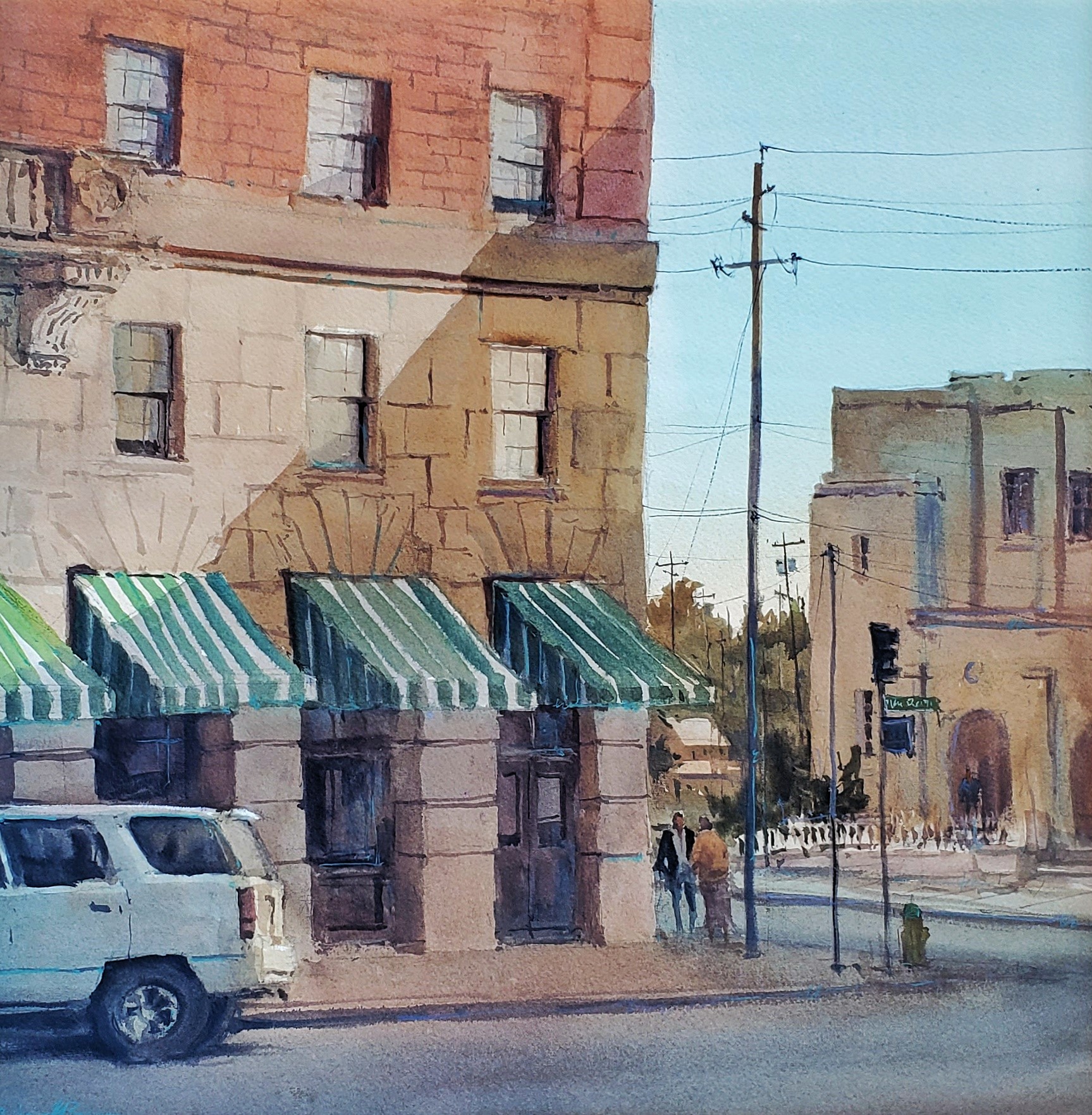
Joe McGurl:
When painting into the sun, I often begin with sunglasses. This helps avoid headaches and damage to my eyes from staring into the sun for long periods of time. After the composition is defined and the colors are generally the right tone, I removed the glasses and find the glasses changed the colors in the scene to about the same degree as on my panel. There are not many adjustments to make. I paint more accurately because I don’t have a headache from looking into the bright sun.
John Hughes:
I think that constantly looking at everything in terms of design is the big difference. I do this everywhere…while out walking especially. I’ve tried to stop doing this while driving, but even then I somehow work in, (split-second observations), in between doing what I’m supposed to be doing… and that’s driving in a safe manner! I used to have a painting buddy in California years ago, who did the same thing constantly but lacked the mental discipline to stay on the road. I don’t know how many times I’d have to grab the steering wheel and get us back on the highway, but believe me, it was a lot! I can still hear him say…Wow, look at the shadow on that mountain!” Ha!
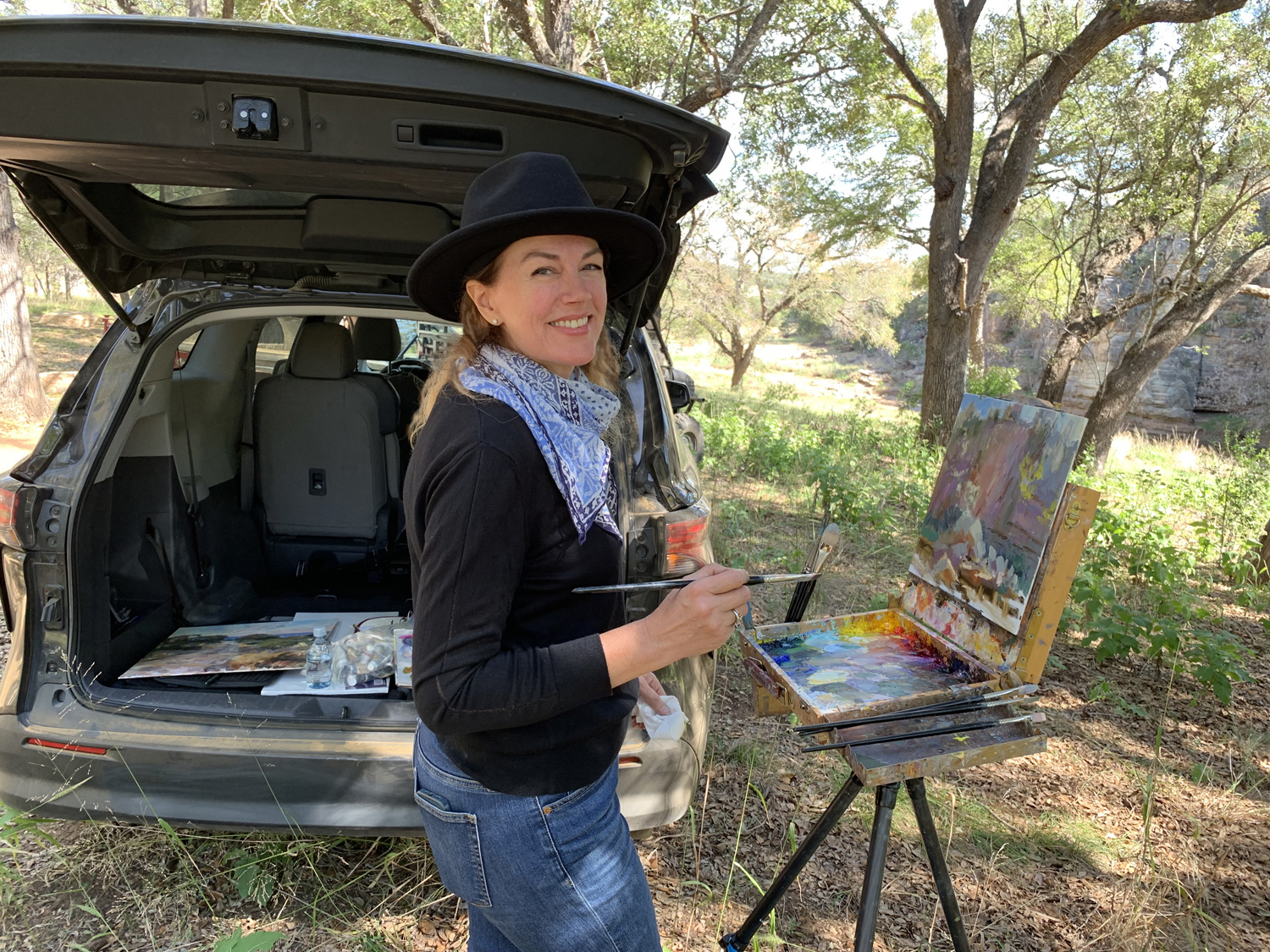
John MacDonald:
1. Whether painting plein air or in the studio, I enjoy finger painting. It’s so direct! Brushes are amazing tools but they prevent the tactile experience of moving paint around. And more importantly, because fingertips are blunt instruments, they’re great for “shmoosing” large areas in the painting: softening edges, blending textures, and preventing us from getting distracted by details.
2. When I’m feeling particularly fearless, I love to mix the paints directly on the canvas, skipping any paint mixing on the palette entirely. It’s so direct the results are almost always surprising. And it happens to be a wonderful way to avoid overmixing paints.
3. Painting landscapes, there are always very thin lines to paint: light catching the distant surface of water, snow on thin branches, a roof line, etc. I enjoy using the end of the brush, a pallet knife, or a fingernail to create the line by scraping away paint. When it comes to details, removing paint is often easier and better than adding it.
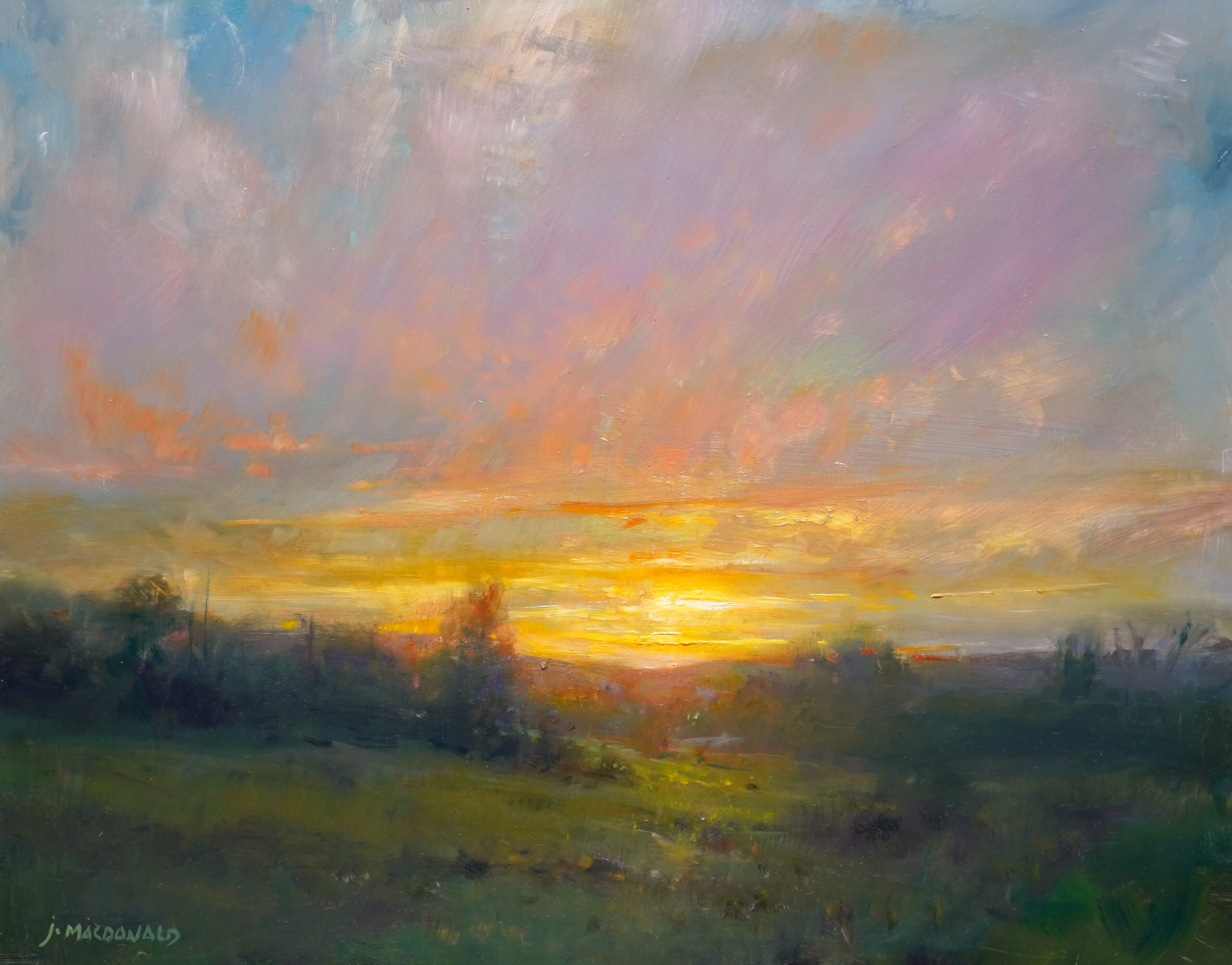
Suzie Baker:
It’s normal for me to wear the same outerwear every day of a painting event. Early on, I used to overpack, especially if an event had a big swing in temperatures. Plein Air Telluride, for example, might swing from 40 degrees from sunrise to almost 80 degrees midday. I’ve found that the right layers are all I need. I can pack especially light if my host accommodations have a washer/dryer. Add in a nice outfit for the opening and I’m done. That leaves lots of room for overpacking my painting supplies!
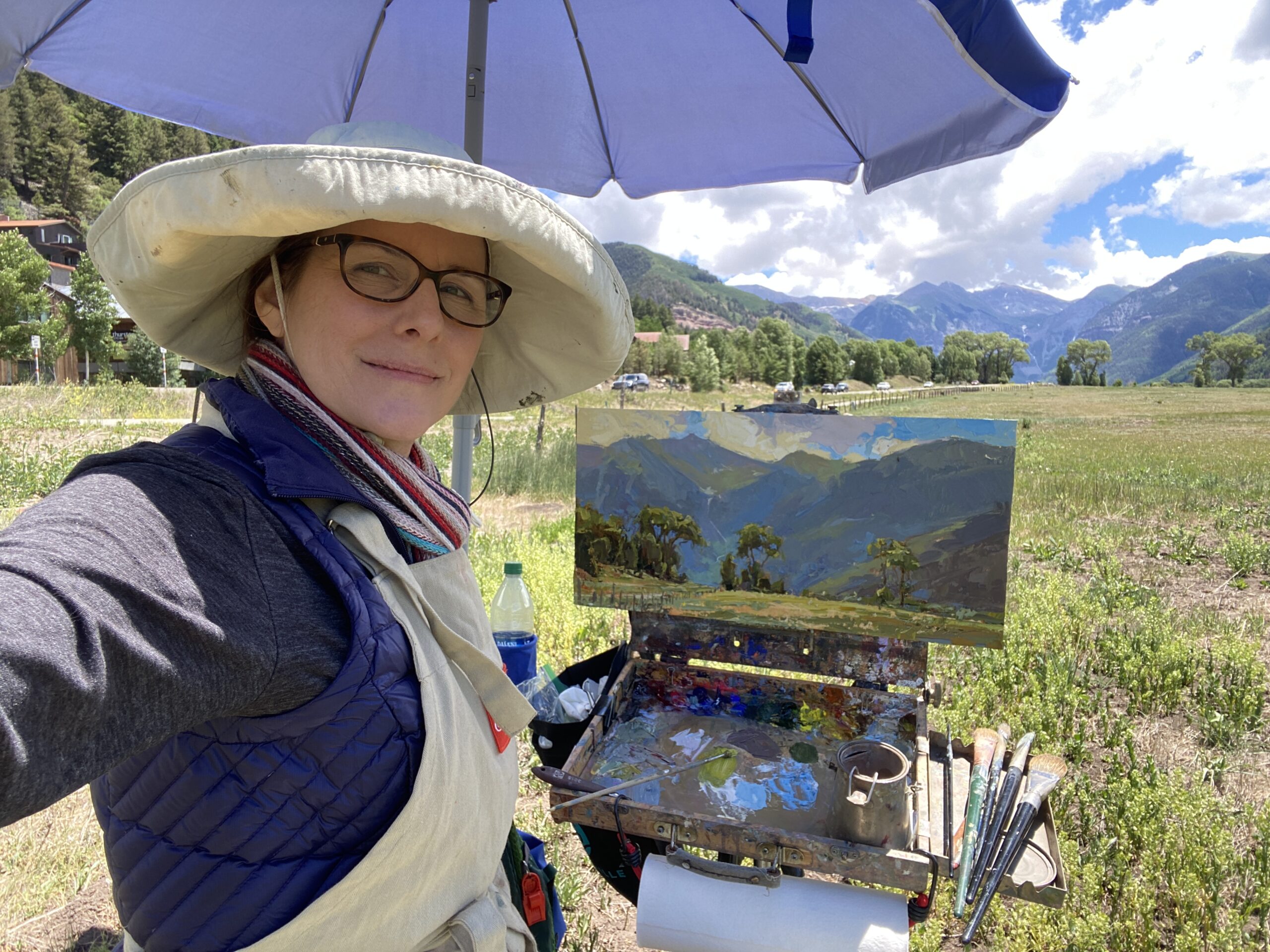
Michael Chesley Johnson:
Even when not teaching a workshop, I talk to myself, narrating each step as I go. It helps me to understand what I’m doing. Before cell phones and Bluetooth earbuds, this probably seemed weird – but now, it’s common to see people talking to the unseen.
Rick Delanty:
I take my sketchbook everywhere: to museums, restaurants, grocery stores, doctor visits, the theatre, any car trip). Sketching everything and all the time is the way I learned to draw, and I have not stopped, nor am thinking of doing so. I can unequivocally say that improved drawing is what has contributed to better painting, as the fundamentals of design, composition, relationship of forms, study of light, and ability to put together a concept quickly are common to both.
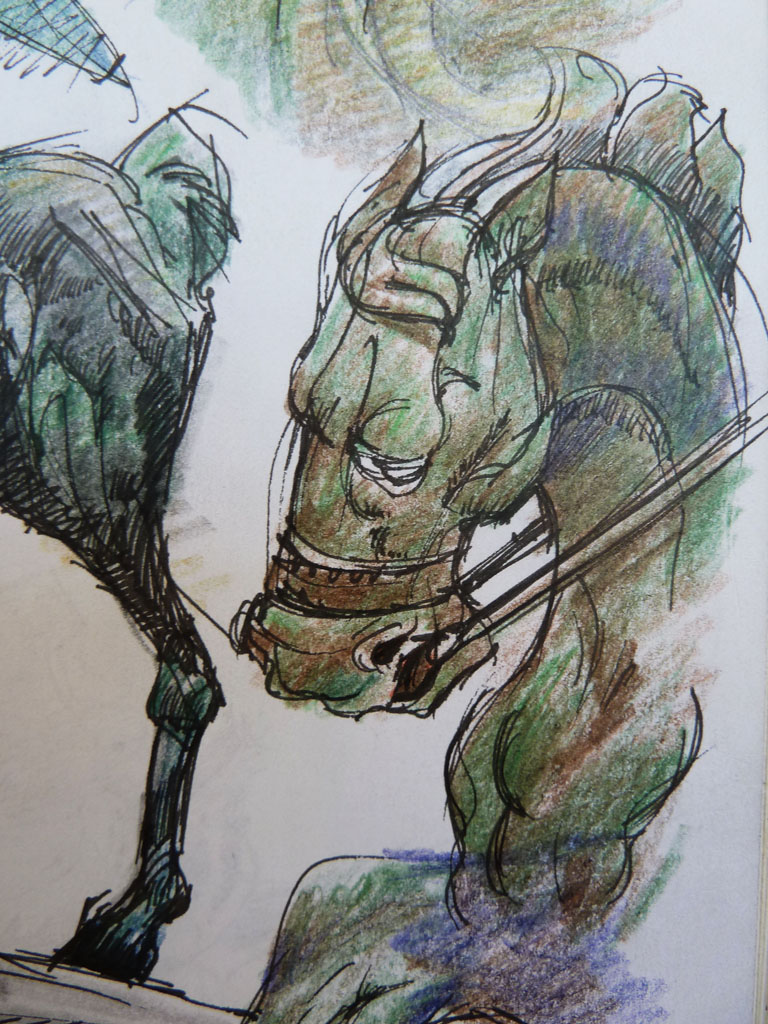
Mark Fehlman:
If I am not happy with a painting for one reason or another, I will sand it down so that I still see the image and repaint it. It allows me to dial in my values and color relationships in a more pleasing way.
And John Pototschnik’s “off the wall” tidbits:
1. The number of brushes I have.
2. That I’m not going to retire.
3. I don’t paint by impulse or only when inspired. I go to the “office” and work every day, whether I feel like it or not. Within a short time, the feelings and inspiration normally come.
We hope you found inspiration here! Browse PaintTube.tv here to discover how these artists and more capture the light, create amazing landscape compositions, and more techniques that you can add to your plein air toolbox!



